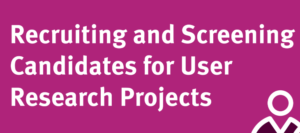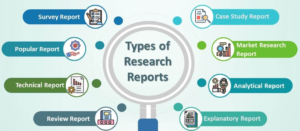Translation and interpretation are two related but distinct processes involved in facilitating communication between individuals who speak different languages. Here’s a brief overview of each:
Translation: Translation involves rendering written or text-based content from one language into another while preserving the original meaning, tone, and intent as closely as possible. Translators work with written documents such as books, articles, websites, legal contracts, or technical manuals. They must possess excellent language skills in both the source and target languages, as well as cultural competency to accurately convey nuances and idiomatic expressions.
Interpretation: Interpretation, on the other hand, involves orally conveying spoken language from one language into another in real-time or consecutively during conversations, meetings, conferences, or other events. Interpreters must be able to listen carefully to speakers, understand the message, and convey it accurately and fluently in the target language. There are different modes of interpretation, including simultaneous interpretation (where the interpreter speaks at the same time as the speaker) and consecutive interpretation (where the interpreter speaks after the speaker has finished).
Both translation and interpretation require linguistic proficiency, cultural understanding, and specialized knowledge in various subject areas depending on the context of the communication. Whether it’s translating written texts or facilitating oral communication, both processes play crucial roles in bridging linguistic and cultural barriers and enabling effective communication in multicultural settings.










